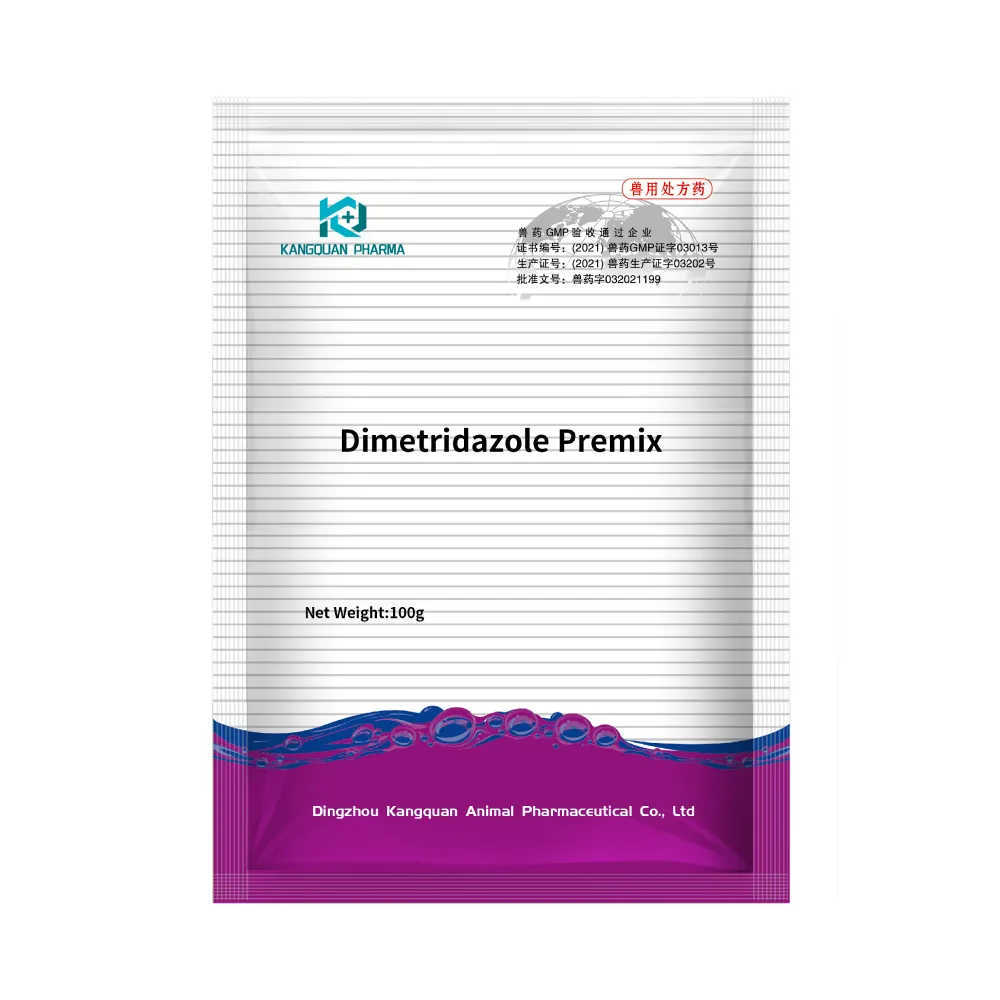- Afrikaans
- Albanian
- Amharic
- Arabic
- Armenian
- Azerbaijani
- Basque
- Belarusian
- Bengali
- Bosnian
- Bulgarian
- Catalan
- Cebuano
- Corsican
- Croatian
- Czech
- Danish
- Dutch
- English
- Esperanto
- Estonian
- Finnish
- French
- Frisian
- Galician
- Georgian
- German
- Greek
- Gujarati
- Haitian Creole
- hausa
- hawaiian
- Hebrew
- Hindi
- Miao
- Hungarian
- Icelandic
- igbo
- Indonesian
- irish
- Italian
- Japanese
- Javanese
- Kannada
- kazakh
- Khmer
- Rwandese
- Korean
- Kurdish
- Kyrgyz
- Lao
- Latin
- Latvian
- Lithuanian
- Luxembourgish
- Macedonian
- Malgashi
- Malay
- Malayalam
- Maltese
- Maori
- Marathi
- Mongolian
- Myanmar
- Nepali
- Norwegian
- Norwegian
- Occitan
- Pashto
- Persian
- Polish
- Portuguese
- Punjabi
- Romanian
- Russian
- Samoan
- Scottish Gaelic
- Serbian
- Sesotho
- Shona
- Sindhi
- Sinhala
- Slovak
- Slovenian
- Somali
- Spanish
- Sundanese
- Swahili
- Swedish
- Tagalog
- Tajik
- Tamil
- Tatar
- Telugu
- Thai
- Turkish
- Turkmen
- Ukrainian
- Urdu
- Uighur
- Uzbek
- Vietnamese
- Welsh
- Bantu
- Yiddish
- Yoruba
- Zulu
8 月 . 18, 2024 05:35 Back to list
Understanding the Effects and Benefits of Doxycycline Hyclate in Medical Treatment
The Effects of Doxycycline Hyclate A Comprehensive Overview
Doxycycline hyclate is a versatile antibiotic belonging to the tetracycline class, commonly prescribed for a variety of bacterial infections. Its broad spectrum of activity, ease of administration, and favorable pharmacokinetics have made it a popular choice in both human and veterinary medicine. This article explores the effects, uses, and important considerations associated with doxycycline hyclate.
Mechanism of Action
Doxycycline works by inhibiting bacterial protein synthesis. It achieves this by binding to the 30S ribosomal subunit, preventing the attachment of aminoacyl-tRNA to the mRNA-ribosome complex. This mechanism effectively halts bacterial growth and replication, making doxycycline a bacteriostatic antibiotic. Its efficacy against a wide range of gram-positive and gram-negative bacteria, as well as atypical pathogens such as Chlamydia, Rickettsia, and Mycoplasma, underlines its therapeutic versatility.
Clinical Uses
Doxycycline hyclate is utilized in treating various infections, including respiratory tract infections, urinary tract infections, and certain sexually transmitted infections. It is particularly effective in cases of acne vulgaris, where it reduces inflammation and bacterial load in the skin. Furthermore, doxycycline is the standard treatment for conditions such as Lyme disease and malaria, especially when used in combination with other antimalarial drugs. Its anti-inflammatory properties also make it beneficial in treating periodontal disease.
Side Effects
doxycycline hyclate effects

Like any medication, doxycycline hyclate is associated with potential side effects. Common side effects include gastrointestinal disturbances such as nausea, vomiting, and diarrhea. Photosensitivity is a notable concern, requiring patients to avoid excessive sun exposure during treatment. Additionally, doxycycline can cause esophageal irritation if not taken with sufficient water, leading to a risk of esophageal ulceration. Rare, but serious side effects include allergic reactions, liver toxicity, and increased intracranial pressure.
Long-term use of doxycycline may also lead to the development of antibiotic resistance, highlighting the importance of using this medication judiciously. It is crucial for patients to follow their healthcare provider's instructions regarding dosage and duration of treatment to mitigate these risks.
Considerations and Contraindications
Certain populations should approach doxycycline use with caution. Pregnant women and breastfeeding mothers are generally advised against using tetracyclines, as they can affect fetal development and potentially harm nursing infants. Young children should also avoid doxycycline due to the risk of permanent tooth discoloration and enamel hypoplasia. Additionally, patients with allergies to tetracyclines or those taking anticoagulants should consult their healthcare provider before starting this medication.
Conclusion
Doxycycline hyclate is a powerful antibiotic with a wide range of applications in treating various infections. Its mechanism of action, efficacy against diverse pathogens, and anti-inflammatory properties make it a valuable tool in modern medicine. However, awareness of its potential side effects and contraindications is essential for safe and effective use. Patients should always discuss their medical history with healthcare professionals to determine the appropriateness of doxycycline for their specific condition. By understanding both the strengths and limitations of doxycycline hyclate, patients and healthcare providers can work together to achieve optimal health outcomes.
-
The Power of Radix Isatidis Extract for Your Health and Wellness
NewsOct.29,2024
-
Neomycin Sulfate Soluble Powder: A Versatile Solution for Pet Health
NewsOct.29,2024
-
Lincomycin Hydrochloride Soluble Powder – The Essential Solution
NewsOct.29,2024
-
Garamycin Gentamicin Sulfate for Effective Infection Control
NewsOct.29,2024
-
Doxycycline Hyclate Soluble Powder: Your Antibiotic Needs
NewsOct.29,2024
-
Tilmicosin Premix: The Ultimate Solution for Poultry Health
NewsOct.29,2024













